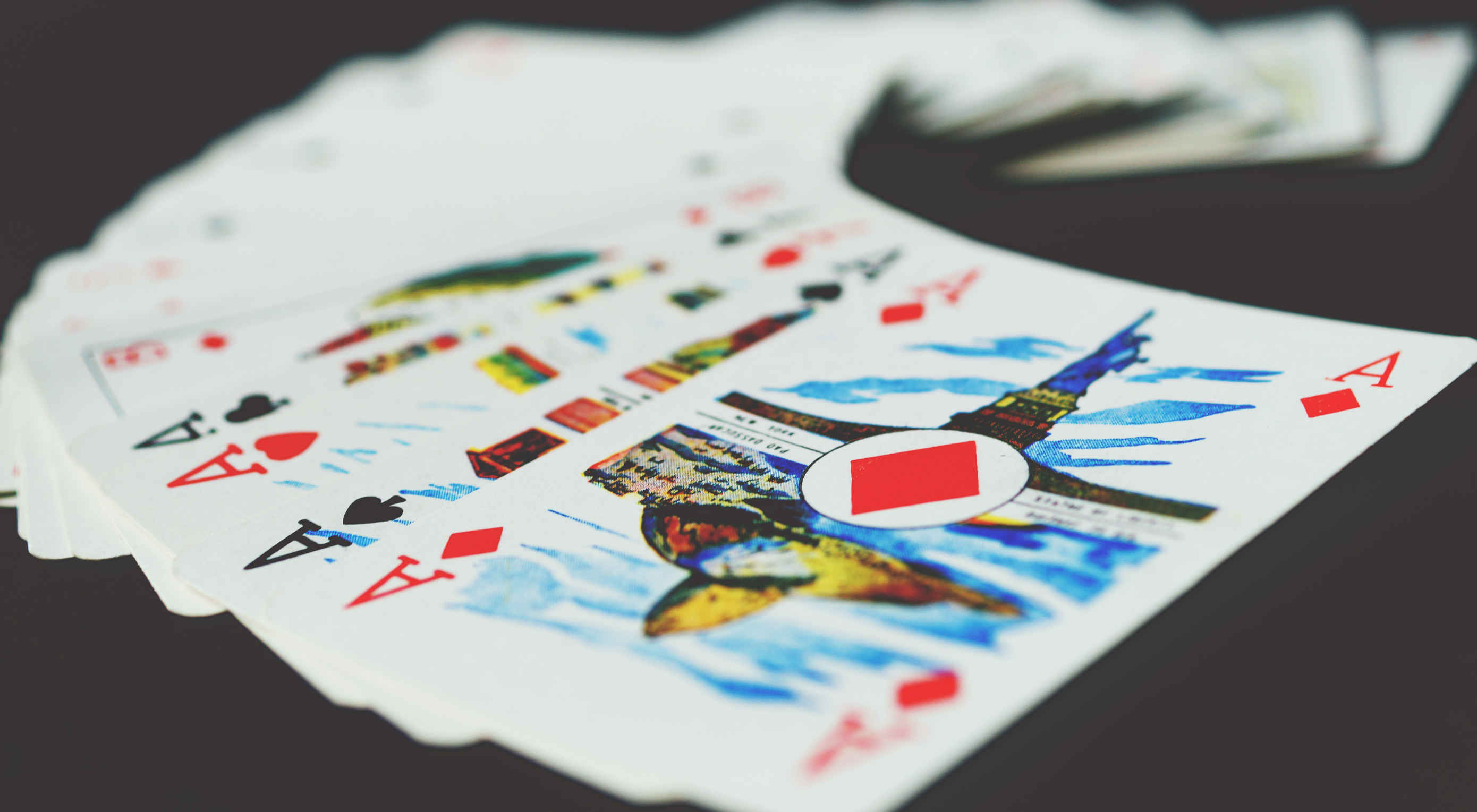

The following image depicts how the browser default styles for this table will look when loaded in the Firefox web browser:

Then, open index.html in your web browser. Now that you have written out your table, save the file. It is important to keep this in mind when dealing with more complex tables. This is possible to do, but only with the use of HTML attributes on the cells, and not with CSS. Note: Like in spreadsheet software, there are times that it may be necessary to merge cells, such as when a single cell takes up two columns.
Css hover effects exept table header code#
It can be helpful to use an HTML comment to explain when an element is intentionally left blank.Īdd the highlighted HTML from the following code block to your index.html file: Depending on the content of the data, this may mean there is a blank or element. In order to have four columns in this table, each will need to have no more and no less than four or elements. When considering a table as a spreadsheet, the and elements behave as the cells. Table elements are unique to HTML as their markup structure correlates directly with a visual structure. defines content as a heading for a row or a column. elements contain the individual table data points. The last two elements are functionally similar and are both the final element in the HTML structure, meaning unlike the previous elements, these can contain non-table elements. To start, open index.html in your text editor and add the HTML in the following code block:

In this step, you will create a element and populate it with example data. The element is one of the best examples of HTML semantics, as it only works when it has table-related descendent elements within it. There are a lot of possible elements that can exist within a element.
Css hover effects exept table header how to#
If you’re new to HTML, try out the whole How To Build a Website in HTML series.īefore you can style a, you need one to work with. To get started, check out our How To Set Up Your HTML Project tutorial, and follow How To Use and Understand HTML Elements for instructions on how to view your HTML in your browser.


 0 kommentar(er)
0 kommentar(er)
